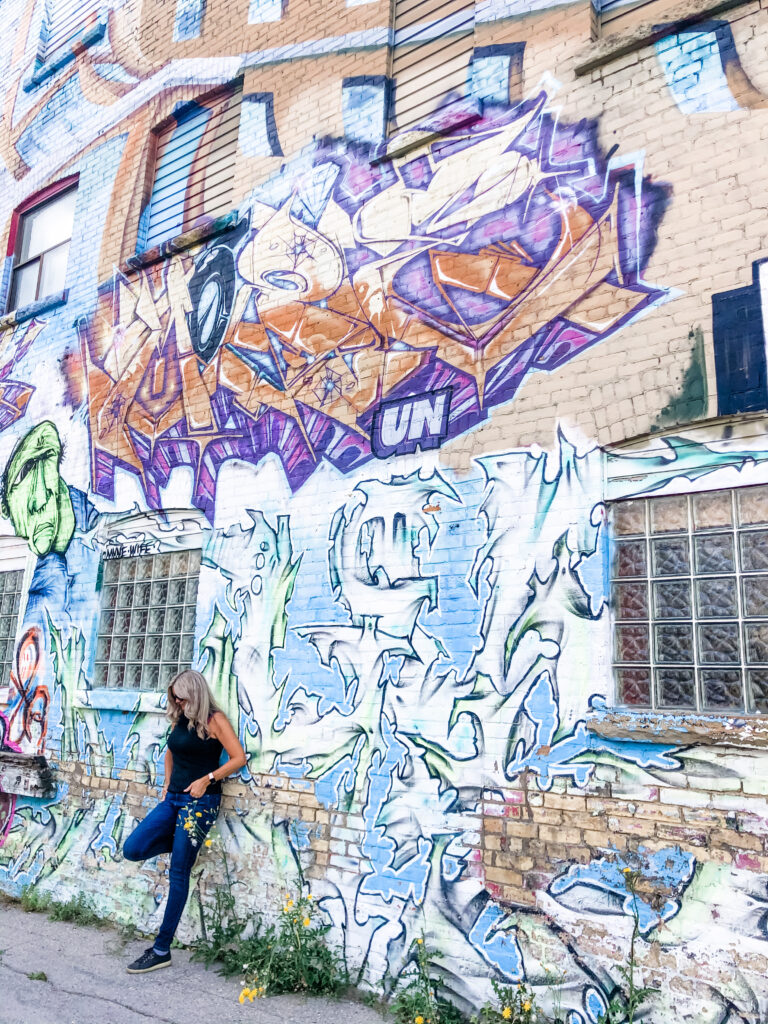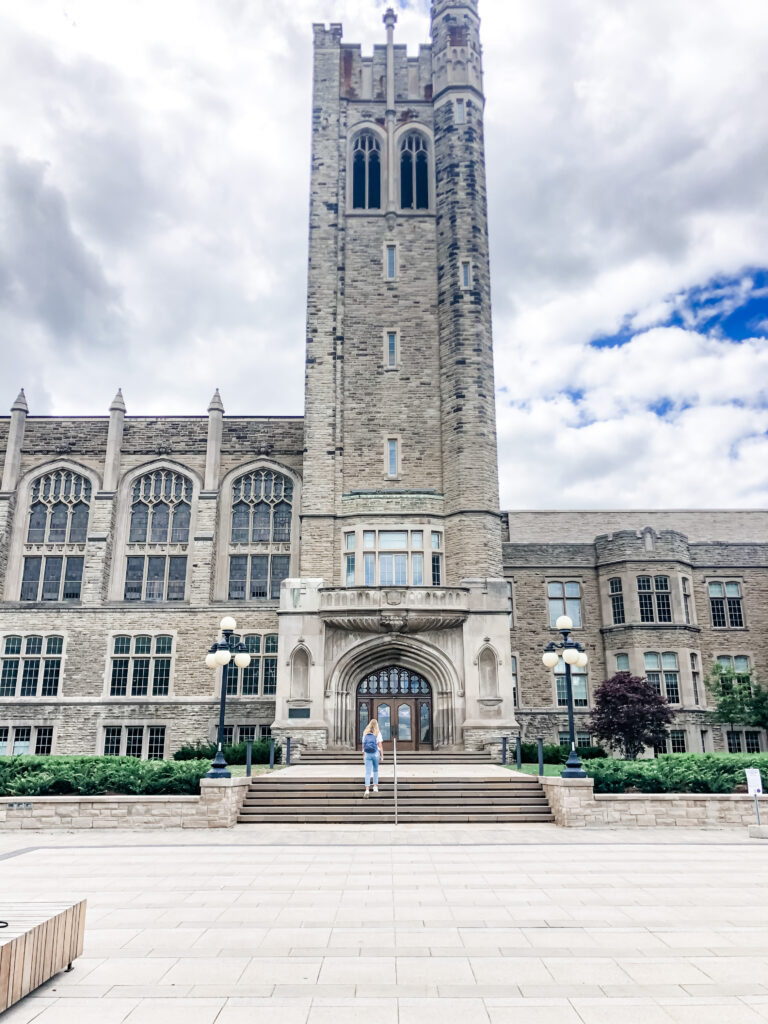The following post is sponsored by a Canadian pharmaceutical company and part of the Fight the Crisis campaign. As always, all opinions remain those of the author.
Do you really know your neighbourhood, what’s happening in your own community? How well do you really know your teens? Full confession: today I feel like I can only answer yes to one of these questions and it’s time to change that.
As the Mama of two girls, now both in University, I’ve tried to keep my finger on the pulse of their lives – keeping up on what’s trending, what’s “hot”, as well as what’s not, and yes this includes the newest and most intimidating drinking games and drugs. I thought I had a pretty good handle on things. I was terribly wrong.
Let me clarify. Things in my house are good. Communication has been key, and I think both of my girls are comfortable coming to me to chat about anything they may encounter in the world.
However, the reality of life for all of our kids is that many of them will encounter opioids within their peer groups. I know some of my friends have had to address the reality of opioids with their own children, their relatives, and co-workers. What I didn’t know was that London had such a high rate of opioid related incidences.1 To be honest, now that I’ve done some research, I feel a little ill. Here’s what I’ve learned and what you need to know about what’s happening in our own backyards.
- More than 1,500 Ontarians died from opioid-related causes in 2019.2
- In 2019, there were 545 opioid-related emergency department visits and 60 opioid-related deaths in the Middlesex-London region alone.3
- Young people, ages 15-24 are the fastest growing group requiring hospital care from opioid overdoses. 4
- Over 70% of Londoners believe that there is an opioid overdose crisis in their community. 5 For those 70%, there is a way that we can come together as a community to help. It is important to know that everyone can make London a Naloxone Ready Community (NRC) by:
- Knowing the signs of an opioid poisoning.
- Having naloxone easily accessible.
- Knowing how to administer naloxone when minutes matter most.
These numbers are staggering. We need to do something to fight the crisis in our own community and we need to do it now.
Where do we start? Perhaps with the stereotype. It’s important for us all to know there is no “one type” of opioid user and the opioid crisis we are currently seeing affects many Londoners from all different backgrounds and socioeconomic statuses. An overdose can happen to anyone taking an opioid – this includes both prescription and non-prescription opioids.
1 Opioids – What is the situation? https://www.healthunit.com/opioids-middlesex-london
2 Public Health Canada. (n.d.). Interactive Opioid Tool. Retrieved September 29, 2020, from https://www.publichealthontario.ca/en/data-and-analysis/substance-use/interactive-opioid-tool
3 Public Health Canada. (n.d.). Interactive Opioid Tool. Retrieved September 29, 2020, from https://www.publichealthontario.ca/en/data-and-analysis/substance-use/interactive-opioid-tool
4 Canada’s Opioid Crisis. https://www.canada.ca/en/health-canada/services/publications/healthy-living/canada-opioid-crisis-fact-sheet.html
5 Campaign Research, A.A. (2020). Opioid Quantitative Study by Communities, slide 3.
What can we do? If you encounter someone experiencing an opioid overdose, hoping they will be okay is not enough. Seconds matter when someone has had an opioid poisoning and our community needs to fight the crisis together by creating a naloxone ready community. This means that everyone should have a naloxone kit on hand. This kit is used to treat someone who has overdosed on opioids and is considered an essential medicine by the World Health Organization.6 Naloxone comes in two formats: intranasal (administered by spraying up the nose) and intramuscular (injected with a needle into a muscle in the body). Administrating naloxone can reverse the effects of an overdose until medical help arrives, and if used right away, it can help the person breathe again7
As parents we should have naloxone kits on hand, and if our children know someone who is taking opioids or drugs from unknown sources, they too should have access to a kit. After all, seconds matter most when someone has had an opioid poisoning. Recognizing the signs of an opioid overdose or poisoning and acting quickly could make the difference between successfully reversing the effects of an overdose, and not.
We can also encourage local bars, restaurants, university and college residences and other community establishments in London to carry naloxone in the same way they would carry an AED or first aid kit. These kits are available free-of-charge at your local pharmacy.
If Londoners pull together and become a naloxone ready community, we can help to make a significant difference. A “naloxone ready community” goes beyond platitudes and simply having first responders carry naloxone. It is about being educated and ensuring we are all prepared and know how to respond to an opioid poisoning.
If you want more information on naloxone ready communities and how you can get involved, please go to fightthecrisis.com for more detailed information.
#fightthecrisis, #betheone, #naloxone
6 World Health Organization. (2019). WHO Model List of Essential Medicines. Retrieved from https://apps.who.int/iris/bitstream/handle/10665/325771/WHO-MVP-EMP-IAU-2019.06-eng.pdf?ua=1
7 Product Monograph. 2017. NARCAN NASAL SPRAY. Retrieved from https://www.narcannasalspray.ca/pdf/en/product_monograph.pdf



I completely agree when it comes to drug overdoses seconds do count. And it’s not just the students or homeless who may need help it could be your neighbour, your uncle, your friend. Addiction doesn’t discriminate.
Clicking all the links. How did I not know any of this?
In all honesty, I didn’t know all of this information until I dug in. The good news, now you know! Thanks for clicking through.
There’s so much to unpack here. I really didn’t know there was even an option to jump in and help besides 911. Do you know if University or College residences have these kits on hand?
There really is a lot to unpack here. I don’t know if Universities or Colleges have the kits on hand but I do know it’s a good question to ask the residence Dons!
I can’t believe I wasn’t aware of this. Like you, I know what’s happening with my kids, but embarrassingly I didn’t know beyond my my front door. I appreciate this post; signs to look for, how seconds matter and the fact that I should (and can) have my own naloxone (I’m truly shocked as I thought only EMTs had that!). Checking the links you provided now. Thanks so much.
Jacki, you are so welcome. It starts with us. If we can all become just a little bit more involved and aware we really can make a difference in our own communities.